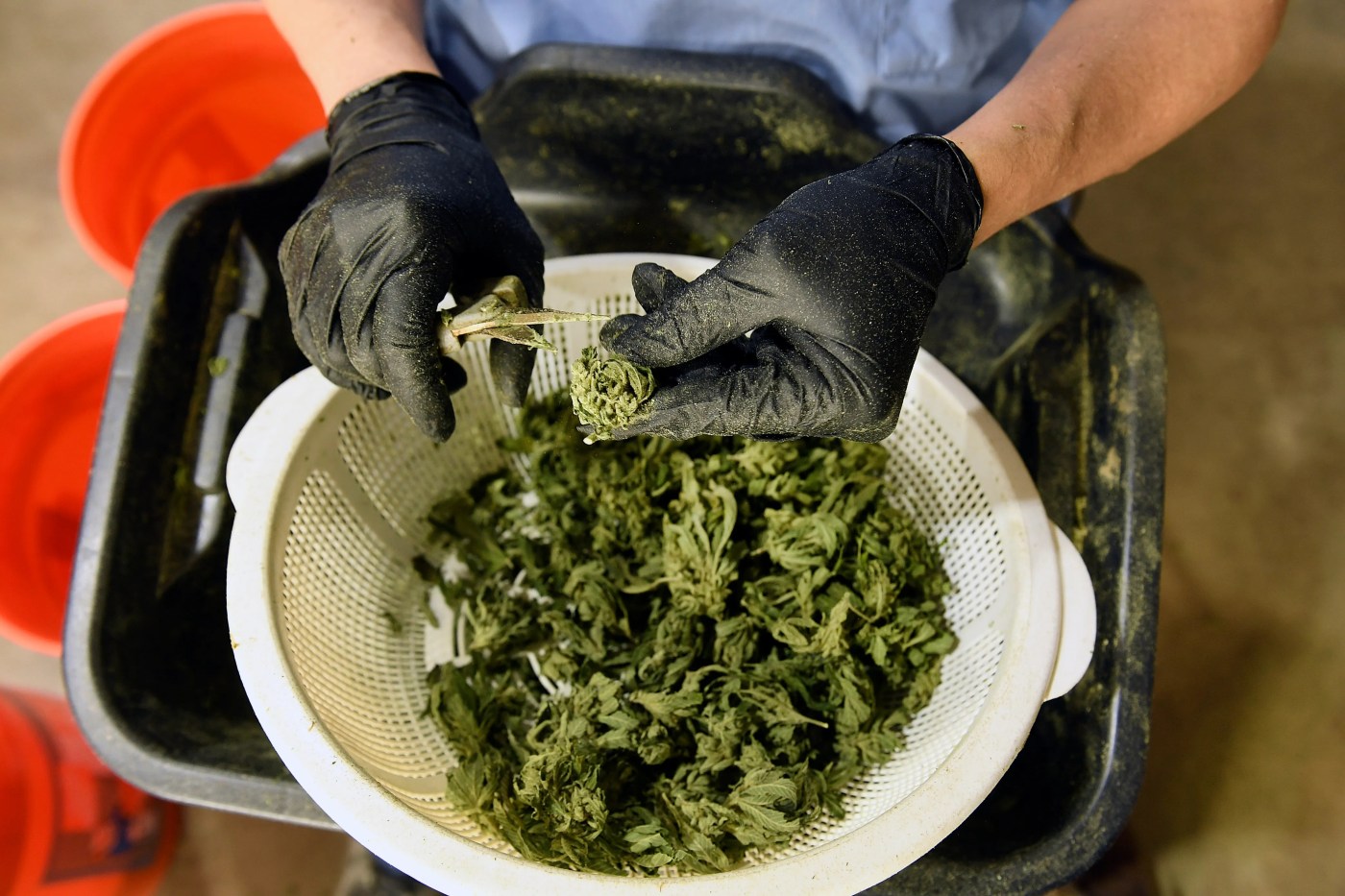
The U.S. Department of Agriculture (USDA) is sending out thousands of surveys to hemp farmers across the country to better understand the state of the industry as part of its annual data collection initiative.
USDA launched its first annual survey in 2021, and it updated the questionnaire last year before distributing it to farmers and releasing a report with findings that showed significant declines in the value and production of the crop in 2022.
As in past rounds, the department’s latest survey that was distributed on Monday asks questions about plans for outdoor hemp production, acreage for operations, primary and secondary uses for the crop and what kinds of prices producers are able to bring in. The questionnaire lists preparations such as smokable hemp, grain for human consumption, fiber and seeds as areas USDA is interested in learning more about.
The survey, which is being sent to more than 6,000 farmers, also asks about hemp harvested to extract CBD, CBG, CBN and other cannabinoids and/or terpenes for use in oils, lotions, cleansers, bath products and other nutraceutical or topical products.
“The Hemp Production and Disposition Inquiry will provide critical data about the hemp industry to assist producers, regulatory agencies, state governments, processors, and other key industry entities,” reads a quote USDA attributed to various agency officials in regional versions of a press release about the survey.
Results of the survey will be published on USDA’s website on April 17.
The questionnaire also goes over whether farmers are hand-trimming the hemp they produce, what kind of yields they’ve harvested and how they obtain the seeds and clones they use.
In 2020, USDA announced plans to distribute a separate national survey to gain insights from thousands of hemp businesses that could inform its approach to regulating the industry.
That survey launched in partnership with National Association of State Departments of Agriculture and the University of Kentucky. The department said it wanted to learn about “current production costs, production practices, and marketing practices” for hemp.
Meanwhile, USDA is reportedly revoking hemp licenses for farmers who are simultaneously growing marijuana under state-approved programs, underscoring yet another policy conflict stemming from the ongoing federal prohibition of some forms of the cannabis plant.
Federal hemp rules could be further amended as part of the next iteration of large-scale agriculture legislation. The 2018 Farm Bill that legalized the crop was supposed to get updated last year, but it’s been extended through much of 2024.
Lawmakers and stakeholders are eyeing a number of proposals that could be incorporated, including measures to free up hemp businesses to legally market products like CBD as dietary supplements or in the food supply and to remove restrictions on participation in the industry by people with certain prior drug convictions.
For the time being, the hemp industry continues to face unique regulatory hurdles that stakeholders blame for the crop’s value plummeting in the short years since its legalization. Despite the economic conditions, however, a recent report found that the hemp market in 2022 was larger than all state marijuana markets, and it roughly equaled sales for craft beer nationally.
Meanwhile, internally at USDA, food safety workers are being encouraged to exercise caution and avoid cannabis products, including federally legal CBD, as the agency observes an “uptick” in positive THC tests amid “confusion” as more states enact legalization.
Photo courtesy of Brendan Cleak.






